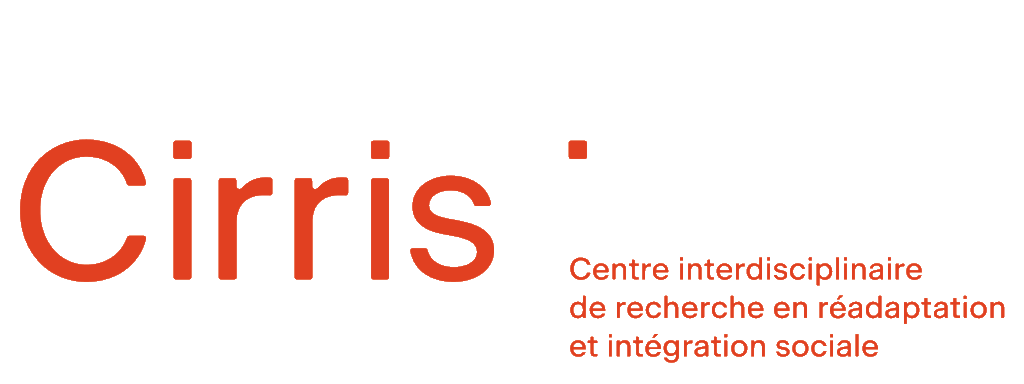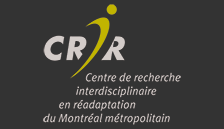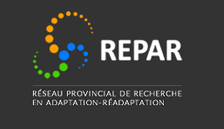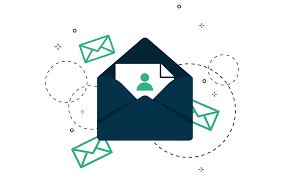What are the main steps of a participatory research project ?
Philippe Archambault, Prof. McGill University and Marc Saint-Onge, coordinator Observatoire québécois du loisir
This capsule describes the structuring of a participatory research project and the management of the different stages associated with it.
Subtitles available
LSQ Version - Quebec sign language
Share
